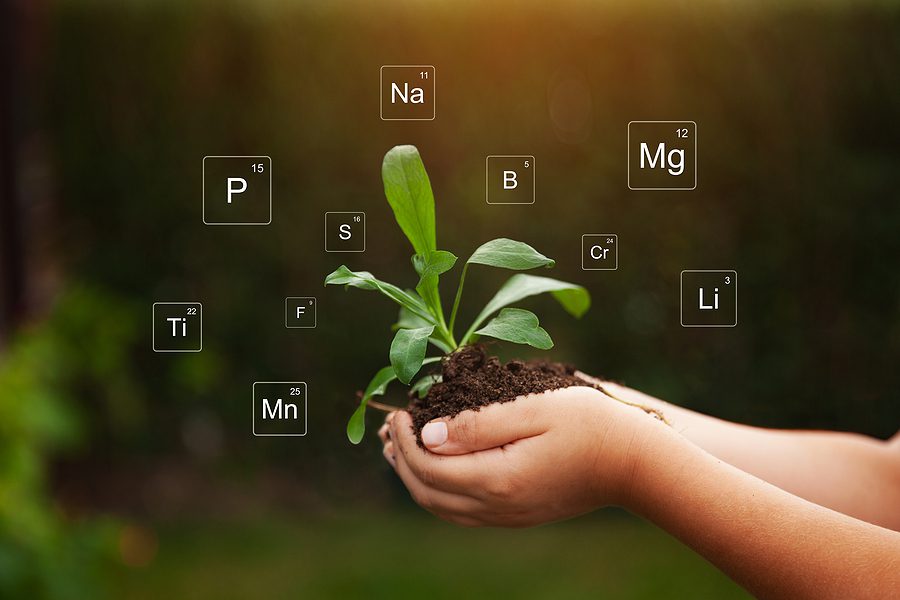Action Plan for Making Your Garden Soil Nutrient Rich Super Soil

Here’s how to improve the texture, pH, and nutrients in your garden soil to get the most out of your garden.
This annual urge to stock up on seedlings and plants for a picture-perfect garden is fueled by a winter spent indoors. To begin with, take a step back and examine your soil. Even if you’re enamored with flowers and veggies, it’s important to have perspective. It’s all about the soil. Soil comprises minerals, organic matter, air, and water. The right mix of texture and nutrients is essential for healthy plants and an entire garden.
Observe the Qualities of Your Soil
Soil testing should be the first step. A soil specialist can do various soil tests, such as checking for potassium, phosphorus, pH, and texture. They may be purchased online or at a local hardware shop and are readily available. Cooperative Extension services and land-grant universities can also help. Due to COVID-19 restrictions, you may need to mail a soil sample rather than drop it off in person.
Achieve a pH Balance
Testing can reveal if your soil is acidic or alkaline out of balance. Acidic soil is preferred by several plants, including blueberries, azaleas, and rhododendrons. To achieve the neutral pH level that most plants require to access essential nutrients, you can add limestone to increase it or Sulphur to reduce it.
Texture the Soil
Organic matter is needed to keep soil from becoming excessively heavy or too light. As a result, roots cannot make use of the soil’s water and nutrients. Too much clay impedes water drainage, leading to root rot and eventual plant death. Seeds must have access to oxygen and be able to penetrate the soil.
Compost helps sandy soil hold on to water and makes clay soil lighter so it can drain better.
Chopped Leaves in the Till
Yard waste may be recycled as a soil amendment. You may increase the texture of your garden soil by using finely chopped leaves that have been collected in your lawnmower bag. Organics like eggshells and coffee grinds should not be added to your compost until they have had time to decompose.
Add fertilizer to the soil.
A commercial fertilizer like Morganite can help replenish the soil’s nutrients if a soil test shows low potassium, phosphate, and nitrogen levels. Depending on test results and suggestions, adding calcium and magnesium garden soil supplements may help plants grow.
Every year, they replenish the soil.
Every year, add an inch of compost to an established garden. Add a covering of leaves, which will help keep the soil cooler, maintain moisture, and prevent unwanted seeds from sprouting. This extraordinary barrier will thwart invasion seeds from weeds or trees.
